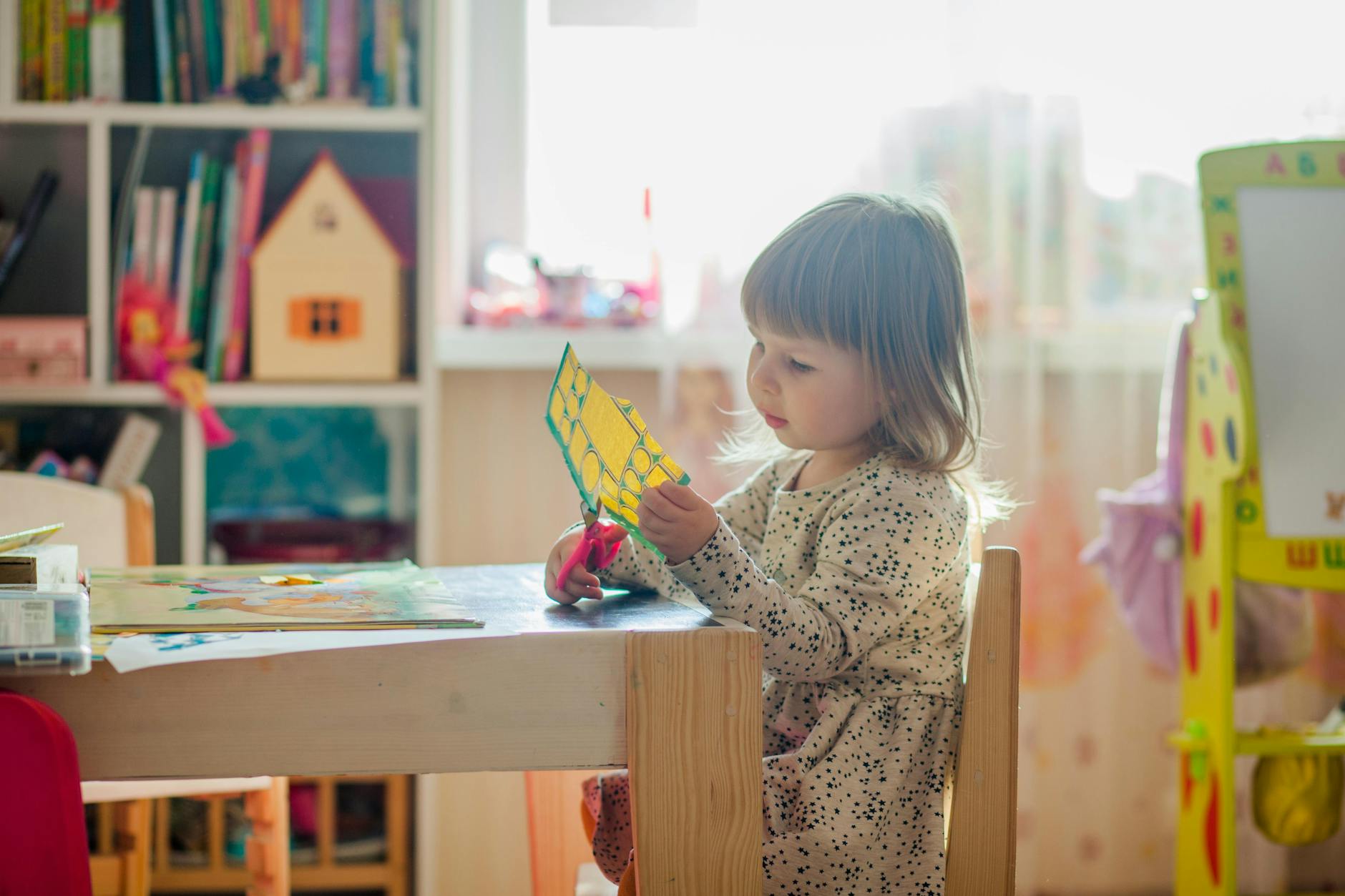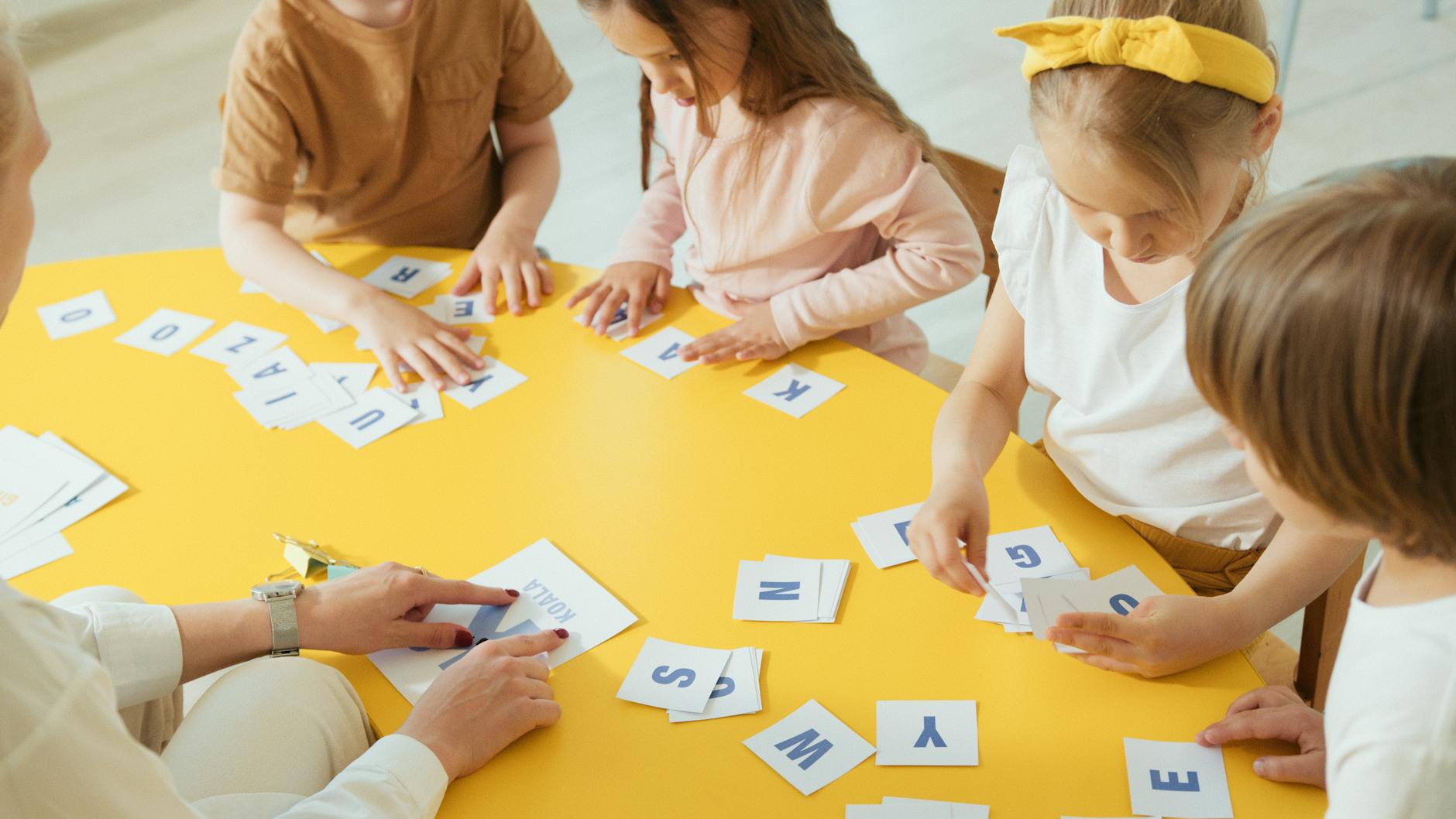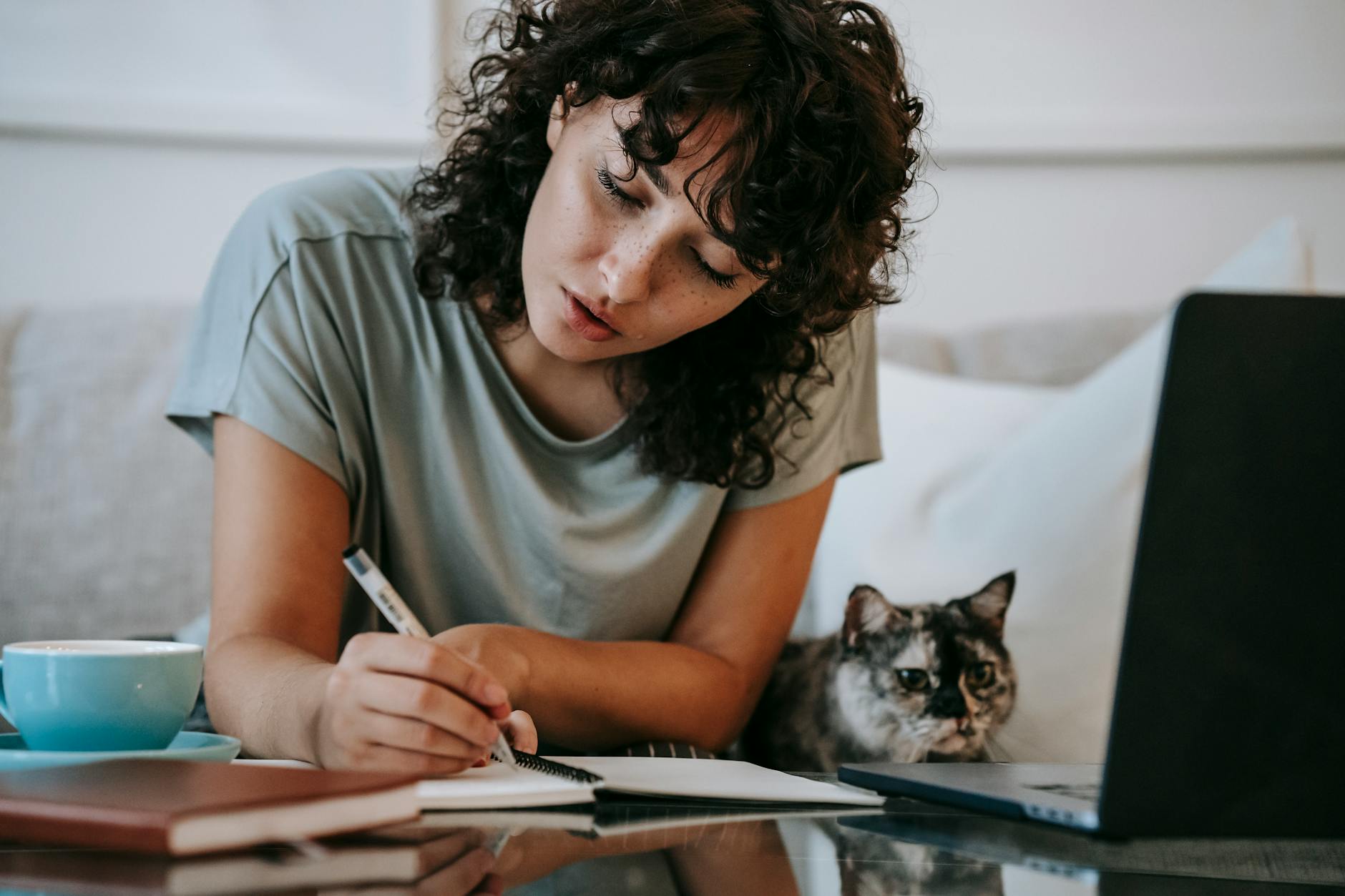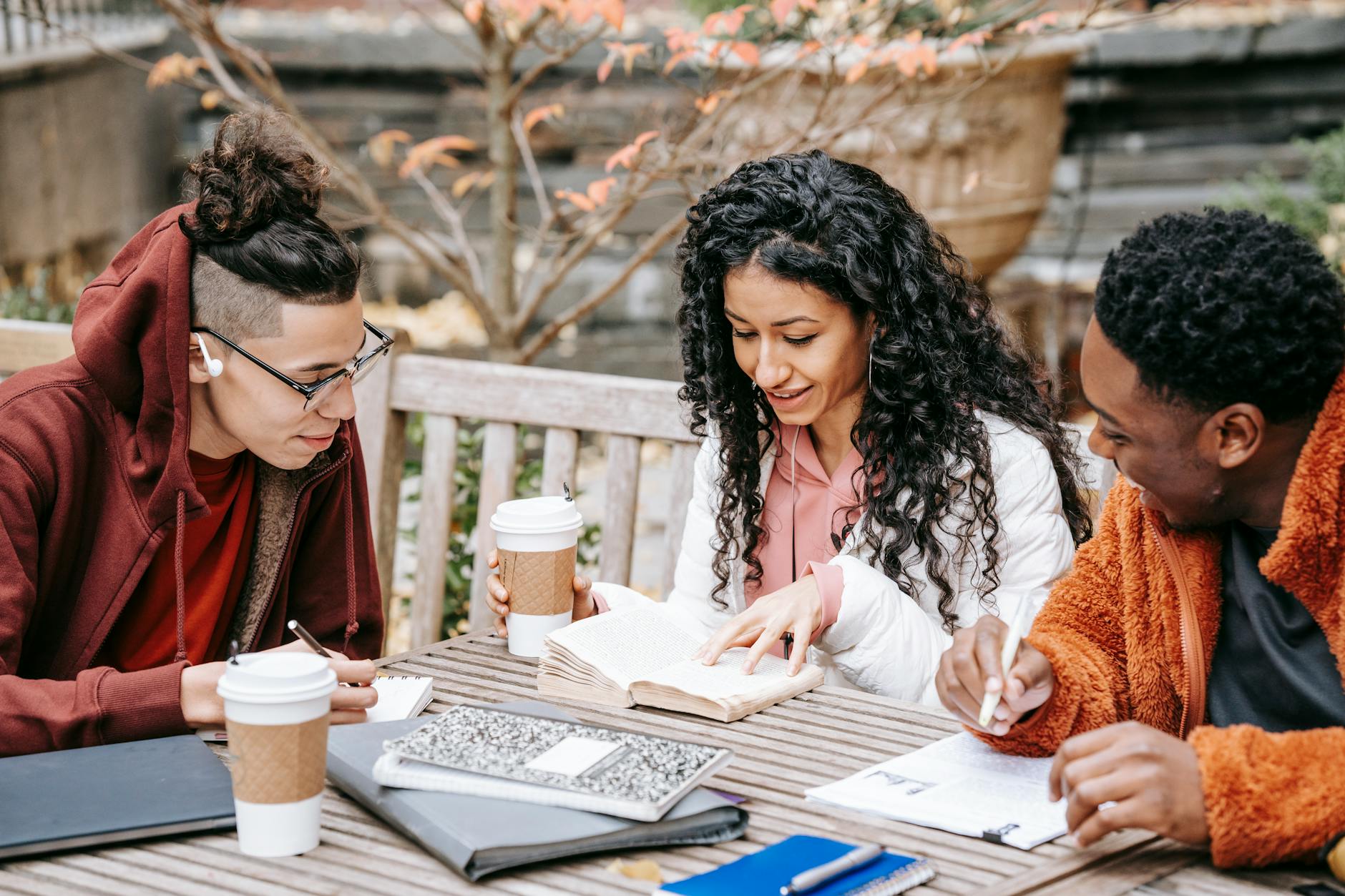Why Exploring Artistic Diversity Matters for United States Educators

Importance of Artistic Diversity
In a world where creative outlets are more crucial than ever, artistic inspiration takes center stage in nurturing diverse talents. Engaging with diverse artistic expressions not only enhances creative skills but also enriches our understanding of artistic techniques. One great way to provide this kind of immersive experience is through an experience gift card, offering recipients the choice to engage in various art forms. This flexibility allows individuals, like students and art enthusiasts, to explore multiple artistic paths without being confined to a single discipline.
Another way to cultivate artistic diversity is by participating in group activities that stimulate creativity and foster collaboration. For instance, team building activities NYC provide opportunities to engage with art in interactive and social settings. These activities often include workshops at places like the Blanton Museum of Art, where art mentors guide participants through the exploration of different techniques, from painting to sculpture.
When planning events like a bridal party with an artistic twist, consider unique bachelorette party ideas that integrate art workshops or creative experiences. Such ideas could involve crafting sessions at craft stores in South Congress or hosting painting parties that encourage free expression. By diversifying artistic experiences, we open doors to new perspectives and broaden our cultural understanding, making art an integral part of both personal escapes and group ventures.
Integrating Art into Education
Educating students through art can be a transformative experience, infusing creativity into our often data-driven lives. Here, I'll explore ways to seamlessly embed art into educational settings, allowing both students and teachers to thrive in a more expressive environment.
Strategies for Inclusion
Incorporating art into education requires thoughtful approaches that integrate creativity with traditional learning. One effective strategy is to use experience gifts in the classroom, which can include classes or workshops focusing on creative arts like painting or music. These experiences create a dynamic learning environment that engages students beyond typical lectures. Regular collaborations with local art institutions, such as the Blanton Museum of Art, can provide students with firsthand exposure to diverse artistic styles and media, sparking inspiration.
Curriculum Development Tips
Developing a curriculum that includes art requires flexibility and imagination. Start by weaving art into existing subjects, like using historical exhibits from the Blanton Museum to enhance history lessons. Encourage projects where students create their own works inspired by these pieces. Incorporating popular activities such as paint and sip Chicago sessions can also offer students a relaxed yet structured environment to explore creativity. Partnering with art supplies stores or community centres can offer practical resources, making art activities more accessible.
Teacher Training Essentials
Teachers play an essential role in fostering an art-inclusive education. Training programs should focus on building teachers' confidence in delivering art-rich lessons. Workshops at creative hubs like Zilker Park's art in public places can offer valuable insights and techniques, enabling teachers to incorporate artistic disciplines into everyday teaching practices. By familiarising themselves with local art scenes, educators can become both guides and mentors, inspiring their students to explore their own creativity.
Artistic Diversity in Practice
Case Studies of Success
In examining how artistic diversity thrives, let's focus on two striking examples. First, there's an inspiring initiative from a San Francisco art program that conducts a pottery class san francisco. Here, students from various backgrounds engage in hands-on creativity, resulting in shared cultural narratives molded into every clay project. This approach has reinforced how communities can reduce cultural barriers through art.
Another impressive initiative is a school in New York City known for its inclusive pottery classes nyc. By integrating technology with traditional pottery, they have crafted an environment where students not only learn about the art form but also explore personal expression and innovation. Such programs highlight the potential of art to bridge diverse perspectives while nurturing emotional intelligence.
These case studies are not just examples; they are benchmarks for integrating artistic practices within educational ecosystems. They provide insights into how schools can establish similar transformative programs, adapting to unique community needs while offering authentic creative platforms. Through these vibrant art classes, students uncover talents and learn to appreciate different viewpoints, enriching their educational experience. By doing so, they connect deeply with their sense of artistic inspiration, resulting in learning environments that resonate beyond the traditional classroom setting.
Overcoming Challenges
Addressing Resource Limitations
Navigating the artistic landscape amidst resource constraints can be daunting, but creativity thrives even with a limited palette. One of the most effective ways to surmount these challenges is by embracing the profound potential of online craft classes. Such platforms offer a breadth of knowledge right at the fingertips, eliminating geographical barriers and the need for physical supplies or costly materials. I often guide students towards these virtual experiences, drawing inspiration from places like Zilker Park's art in public places, which use diverse resources creatively.
Cultivating Community Support
Fostering community support can significantly alleviate the pressures of limited resources. By engaging local artisans or enthusiasts, a network of shared inspiration and material exchange can develop, offering a wealth of resources beyond financial means. Consider encouraging collaborations between community members, mirroring the artistic vibrancy found in craft stores in South Congress. This exchange not only enriches the artistic community but also solidifies its foundation, making sure all members have access to creative tools.
Navigating Institutional Barriers
Institutional barriers, often seeming insurmountable, can slowly yield through persistent creativity. Introducing virtual paint classes within institutional frameworks can help change perceptions and break down these barriers, particularly for those apprehensive about art’s role in education. Initiatives that highlight the intrinsic value of art help ease these challenges, steering education towards a future brimming with creativity and innovation.
FAQ on Artistic Diversity
Clarifying Common Concerns
Many students and art enthusiasts often wonder about the tangible benefits of incorporating artistic diversity into their lives. At its core, art has the power to transform. Whether you're strumming a guitar at Zilker Park or studying a painting at the Blanton Museum of Art, embracing diverse artistic forms fosters creative expression. It breaks through the mundane and invites innovation. Perhaps you ponder, "How do I enrich my artistic skills?" A visit to craft stores in South Congress could offer hands-on experiences and inspire a broader artistic practice. It's about expanding your horizon without feeling overwhelmed.
Dispelling Misconceptions
A frequent misconception is that artistic diversity in education complicates learning outcomes. However, integrating diverse art forms refines our understanding of concepts through unique lenses. When we explore art interwoven with cultural narratives, such as the diverse groups arts spotlighted in Austin, we gain a richer perspective. Studies show that students who engage in an array of artistic activities develop an artistic gift—a unique perspective that enhances their academic and personal growth. It's not about diluting core subjects; it's about enriching them.
Guidance for Novice Implementations
If you're considering infusing artistic diversity into your learning or teaching methods, start with small, manageable steps. Develop a schedule that includes virtual art tours, perhaps exploring online exhibits from the Blanton Museum of Art. Engage with community art initiatives or attend workshops that emphasize varied art forms. By fostering an environment that celebrates all kinds of art, you'll nurture a culture where creative expression thrives and flourishes, ultimately inspiring enthusiasm and creativity in all who partake.


